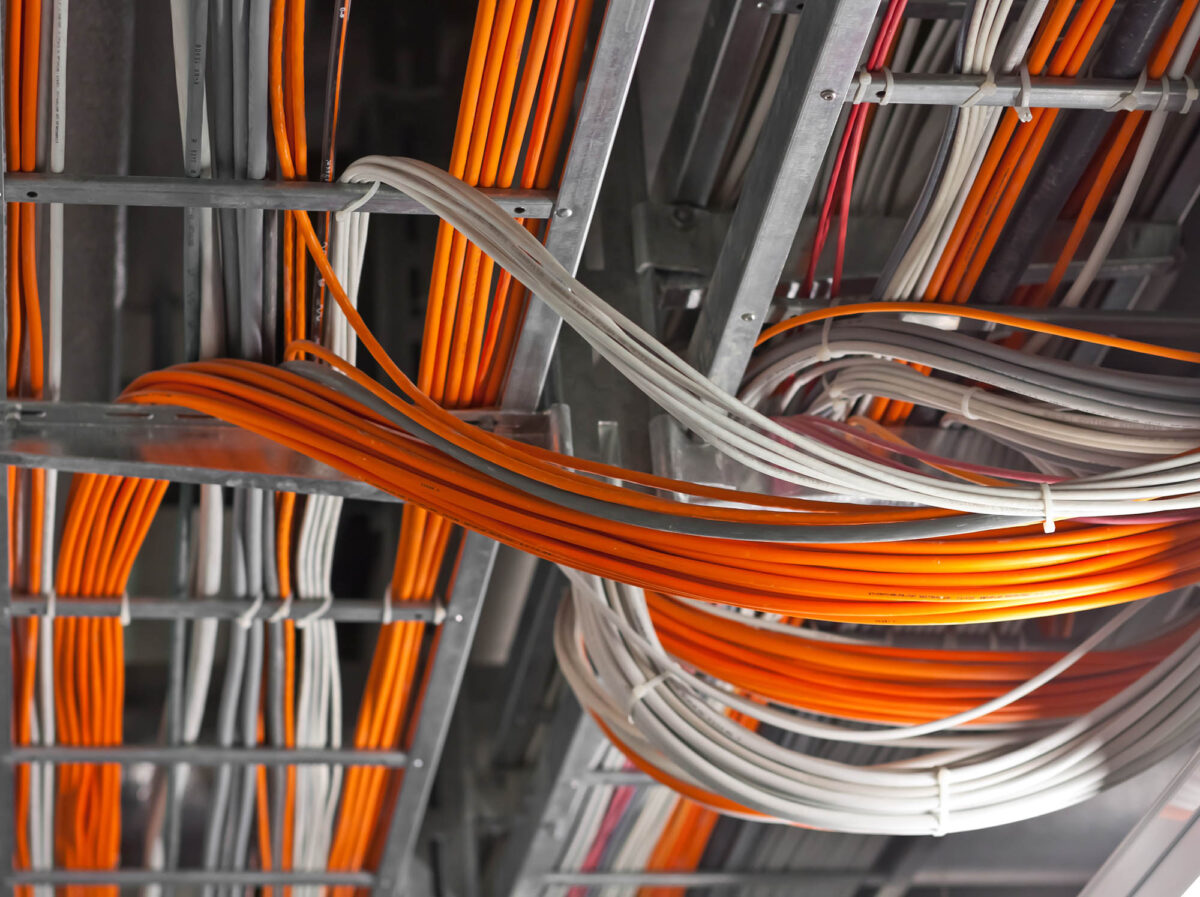Avient Removes DBDPE Additive in Expanded XLPE Portfolio

Company reformulates wire and cable materials after concerns about a Canadian ban
Avient Corp., of Avon Lakes, Ohio, is expanding its Syncure cross-linkable polyethylene (XLPE) resins portfolio with flame-retardant grades made without decabromodiphenyl ethane (DBDPE). The Syncure XLPE 200 Series contains Avient’s first DBDPE-free materials in this product line, offering an alternative flame-retardant additive for low-voltage wire and cable insulation with no claimed performance tradeoffs.
DBDPE is a common flame retardant in plastics (and rubbers) in many industries. Proposed regulations from the Canadian government, however, suggest that the use of it may be restricted in the future.
No DBDPE and No Performance Tradeoffs
The Syncure XLPE 200 Series eliminates DBDPE as a regulatory concern while providing comparable performance to Avient’s traditional XLPE materials, including high flame resistance properties and UL 44 compliance. Syncure materials are formulated for low-voltage insulation in building wires, tray cables and service entrance cables in vertical and horizontal systems.
Like other Syncure materials, the DBDPE-free formulations combine a polyethylene graft resin and flame-retardant catalyst to create a cross-linked material for cable systems. They provide high resistance to heat, oil, creep and abrasion for durability, which can help reduce the risk and rate of material degradation over time. The materials are also said to achieve high extrusion speeds and ambient curing for additional processing advantages and efficiencies.
The Syncure XLPE 200 Series is manufactured in the U.S. and available globally.
The Canadian government has been studying DBDPE for several years. In 2019, the government published The Final Screening Assessment for DBDPE. Given the information available on potential human health effects, the government wrote it is not a concern to human health. However, due to the potential hazardous effects of the breakdown products of DBDPE, it may pose a risk to aquatic organisms. Regulators also concluded that DBDPE “is entering or may enter the environment at levels that are harmful to the environment.”
